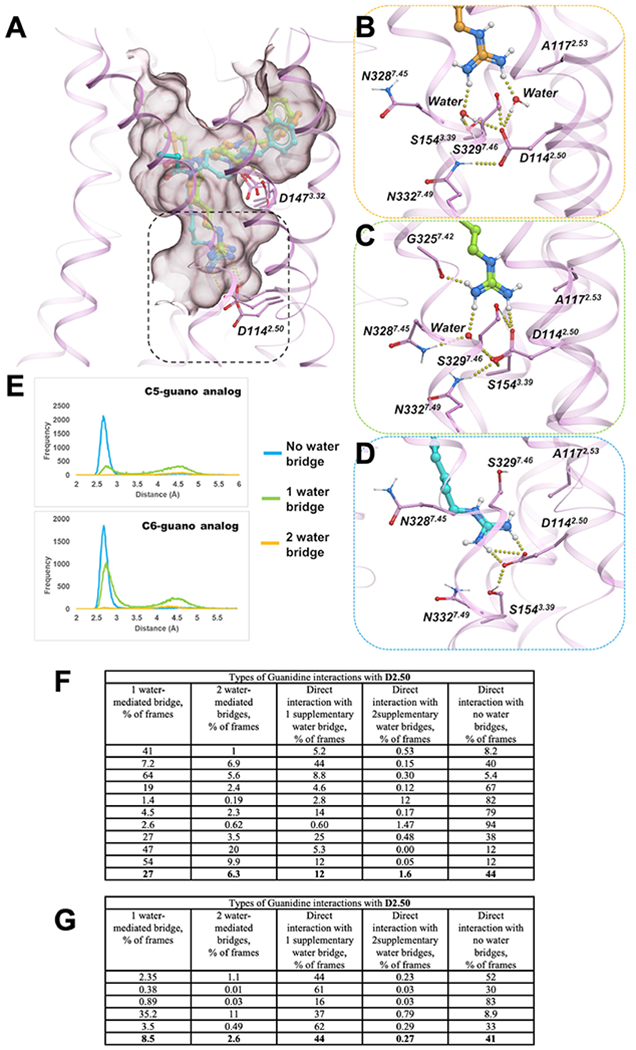Extended Data Fig. 5 |. Analysis of dynamics of direct and water mediated interactions of bitopic ligands.

A) Overlay of three examples of C5 guano conformations bound to active state MOR (pink cartoon/sticks) during MD simulations (B) Detailed view of the interactions between guano moiety of C5 guano (orange sticks) and D1142.50 mediated by two water molecule (C) Direct salt bridge interactions between C5 guano (light green sticks) and D1162.50 supplemented by an additional water-mediated hydrogen bond. (D) direct salt bridge interactions between C5 guano (cyan sticks) and D1142.50 (E) Probability densities of distances between guano nitrogen atoms and D1142.50 carboxylate oxygens. Each chart plots probability density for frames with two bridging waters (orange), one bridging water (green), and no bridging waters (cyan). (F) Categorization and relative proportion of D2.50 and D3.32 mediated interactions in 10 independent C5 guano-μOR MD trajectories for 1 μs each. Among the cumulative frames from the 10 μs MD runs, close to 1/3rd of the frames-maintained guano-D2.50 interactions exclusively through water-mediated hydrogen bonds, while ~57% frames formed direct salt- bridges with or without supplementary water mediated interactions. Therefore, close to 90% of the frames maintained D2.50-guano interactions. The piperidine-D3.32 interactions were observed to be even more stable, with over 96% of the frames indicating direct salt bridge or water-mediated hydrogen bonds. (G) Categorization and relative proportion of D2.50 and D3.32 mediated interactions in 5 independent C6-μOR trajectories for 1 μs each. Overall, the number of direct interactions with D2.50 increased from 57% to 85% (compared to C5), perhaps resulting from the increase in linker length by a carbon atom that decreases the overall distances to D2.50 residue.
